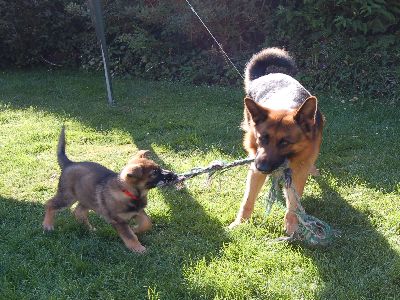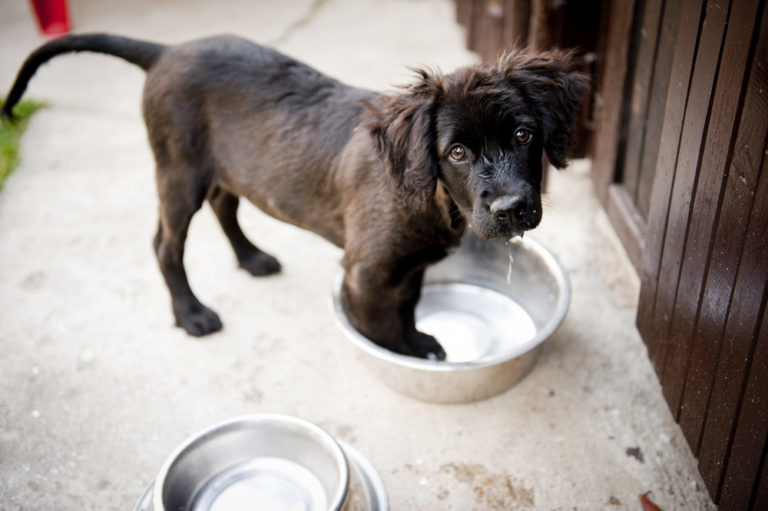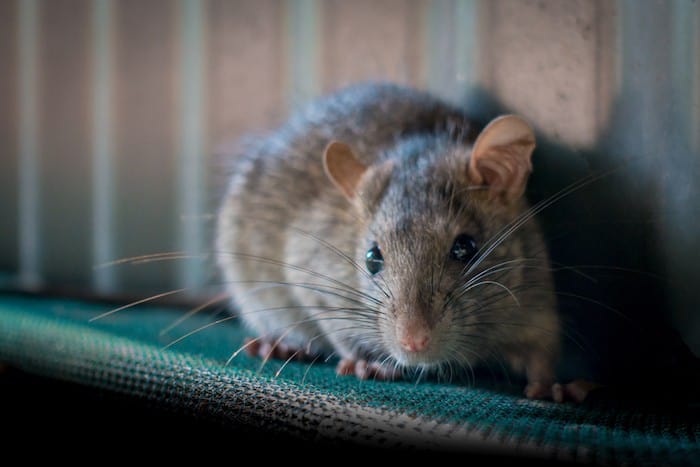Why do dogs shed in winter?
Winter was coming, but now it is here. Are you confused why your dog is losing hair during these cold months when they need warmth?
One simple reason is they’re shedding their summer coat to make way for a thicker winter coat to grow, but it’s a little more complex than that.
Read on to find out more! And for great tips to keep your dog’s coat top notch over the winter!
Reasons why dogs shed in winter
I’ve already mentioned your dog may shed their summer coat so they can replace it with a thicker coat, but that’s just one reason a dog sheds in winter.
Our dog’s coats are pretty resilient and tend to adapt well to changes in temperature and humidity, but human creature comforts play a part in putting their coats out of whack.
So let’s take a look at a few more reasons our dogs shed in winter:
Drier skin
The colder climate during winter can dry out your dog’s skin, causing them to shed more hair in order to stay comfortable. Their thicker winter coats have a tendency to prevent air reaching the skin which adds to the dryness.
It’s also common for our dogs to be indoors more during winter, and if you’re running heating through air-con this can lead to much drier air.
Investing in a humidifier can help in this respect.
Cold outdoors, warm indoors
We also tend to keep our houses warmer in the winter – yep, quite often warmer than in Autumn and Spring!
The knock on effect is it make’s it harder for our dogs to regulate body temperature. Wild dogs don’t have the luxury of indoor heating, but for our domestic dogs they’re out in the cold one minute, then in our cozy warm houses the next.
This can lead to your dog shedding more hair in winter as they try to regulate these changes in temperature.
Less daylight hours
Finally, some dogs might shed more in winter because there’s simply less daylight hours – they’re not getting as much exposure to natural light.
This can disrupt their internal clock and cause them to shed more hair during the winter months.
5 effective and easy tips to control your dog’s shedding during winter
It’s such a pleasure having our dogs welcome us home after a long, tiring day at work…
…but it can be really frustrating getting rid of all the fur that sticks to our clothes when we give them a cuddle!
Shedding is a dreaded part of every pet parent’s life, and winter shedding as much so. Especially if you have a Border Collie like I do 😂
Shedding is a natural process that occurs with the change in seasons, including winter.
As part of their coping mechanism, dogs and cats shed hair to prepare their body to deal with changing temperature, and in winter months the temperature changes between indoor and outdoor play a part.
Before winter, pets shed their short and light summer fur to develop a thick and warm undercoat for winter.
Around spring, this winter undercoat is shed to cool down the body for summer.
But sometimes, if the shedding is excessive, it could be due to skin irritation (always consider diet as a possibility with this), allergy, flea infestation, or possibly an underlying medical condition (check with your vet if you think this is possible).
While there is no way to escape shedding, here are five simple ways you can keep shedding under control during winter.
Most of these tips will you with your shedding problem all year around, so not just winter!
1. Good food for better fur
I know I bang on about this all the time, but in all my years dealing with dogs it’s been really apparent cereal or wheat-based dry foods wreak havoc with the skin.
In fact most poor quality kibbles (even the ones which say they’re deliciously healthy) cause skin problems, not just from grains but poor quality meats, preservatives, anti-oxidants, colourings, and other nasties.
The quality of your dog’s coat is determined by the nutrition he gets.
Strong hair shafts mean less hair fall.
Include foods rich in Omega-3 and Omega-6 fatty acids in your pet’s diet. There’s a range of great foods you can add to their diet in this respect, such as oily fish or decent meats and organs.
Raw fruits and vegetables like banana, de-seeded apple slices, cucumber, and carrots are healthy alternatives to packaged treats (which, laughably, are usually always made of rubbish like grains and sugar).
2. Oils for internal and external wellness
Adding a tablespoon of olive oil or coconut oil can help keep your dog’s fur soft and conditioned.
You can also apply oil topically before a bath.
Massaging your dog with coconut oil or applying Vitamin E helps reduce dryness and improve blood circulation to the hair follicles, which really helps reduce shedding.
Even fish oil supplements are great for improving hair health and the lustre of your dog’s coat.
So if you want people to congratulate you on your dog’s shiny coat, then a good diet and a few oils will get you right up there.
3. Hydrating power of water
One of the most common reasons for excessive shedding in winter is dry skin caused by dehydration.
Give your dog plenty of water to drink; this will hydrate your dog’s skin and reduce shedding.
You could increase your dog’s water intake by flavouring the water with a bit of chicken or bone broth.
Also, dog foods such as Frontier Pets and Balanced Life actually require you to add fresh clean water to every meal!
4. Regular bathing
Regular bathing is a very beneficial step to reduce our dog’s shedding in dry winter months.
Using shampoos with natural ingredients like Oatmeal, Neem, and Hibiscus can help soothe skin allergies that could be causing shedding.
There are many organic dog shampoos available to choose from, and most of them made from really good ingredients (just check what’s in them before you buy).
While excessive bathing can dry out your dog’s skin, it’s important to clean the dirt and grime from their fur at regular intervals that could be causing hair to break.
5. Routine grooming based on hair type
Brushing hair every day is important to remove any loose fur from your dog’s coat.
Also, combing helps in the even distribution of natural oils throughout the skin, thus improving skin luster and texture.
You would need a bristle brush if your dog has short, soft hair.
Slicker brushes are ideal for dogs that have curly fur. And, if your pet has thick and long fur, a rake can help it detangle easily.
I’ve written about the different types of coats in dogs and also grooming tips, so that should give you pointers.
Our dogs love us unconditionally throughout their life. Just a little effort on our part to take care of their winter shedding will not only improve their health, but also make your bond more special and long-lasting!





